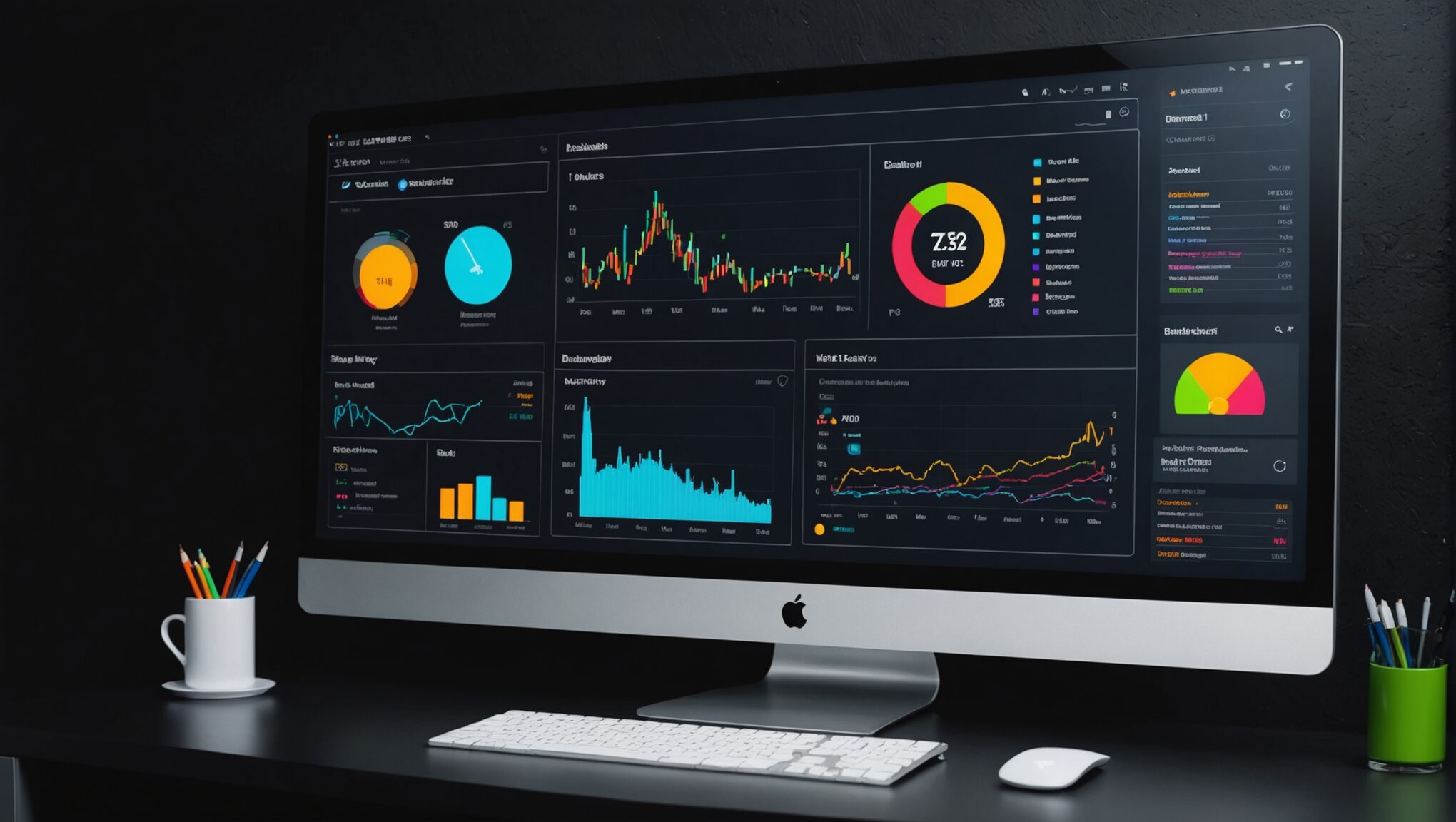A website redesign can significantly improve user experience and overall performance. User feedback plays a key role in this process, helping identify areas for improvement and ensuring the new design meets user needs. This article outlines effective methods for gathering and utilizing feedback during a website redesign project.
Understanding the Value of User Feedback
User feedback provides insights that are essential for a successful website redesign. It helps:
- Identify pain points in the current design
- Understand user preferences and expectations
- Prioritize features and improvements
- Validate design decisions
- Improve overall user satisfaction
By incorporating user feedback, designers and developers can create a website that truly meets the needs of its target audience.
Designing Effective Surveys and Questionnaires
Well-crafted surveys and questionnaires are powerful tools for gathering user feedback. To create effective surveys:
- Keep it concise: Limit the survey to 5-10 questions to maintain user engagement.
- Use a mix of question types: Combine multiple-choice, rating scales, and open-ended questions.
- Focus on specific aspects: Ask about navigation, content, design, and functionality.
- Avoid leading questions: Frame questions neutrally to get honest responses.
- Include a comment section: Allow users to provide additional feedback or suggestions.
Example questions for a website redesign survey:
| Question Type | Example |
|---|---|
| Multiple Choice | Which feature do you use most often on our website? |
| Rating Scale | How would you rate the ease of navigation on our current website? |
| Open-ended | What improvements would you suggest for our website? |
Analyzing Feedback Data
Once feedback is collected, it’s time to analyze the data. This process involves:
- Organizing responses: Group feedback by categories (e.g., design, functionality, content).
- Identifying patterns: Look for common themes or recurring issues in user responses.
- Quantifying results: Calculate percentages and averages for quantitative data.
- Prioritizing issues: Rank problems based on frequency and impact on user experience.
- Creating visual representations: Use charts or graphs to present findings clearly.
Tools like Google Analytics can provide additional insights into user behavior, complementing survey data.
Incorporating Feedback into the Redesign Process
Translating user feedback into actionable design changes is a key step in the redesign process:
- Create a feedback-driven roadmap: Outline changes based on user input and prioritize them.
- Involve the design team: Share findings with designers and discuss potential solutions.
- Develop prototypes: Create mockups or wireframes incorporating user suggestions.
- Conduct user testing: Test new designs with a small group of users for further refinement.
- Iterate based on results: Continuously improve designs based on ongoing feedback.
Remember, the goal is to address user needs while maintaining a balance with business objectives and technical constraints.
Implementing User Testing Sessions
User testing sessions provide valuable insights into how real users interact with your website. To conduct effective user testing:
- Define clear objectives: Determine specific goals for each testing session.
- Select diverse participants: Choose testers who represent your target audience.
- Create realistic scenarios: Develop tasks that mimic actual user behavior.
- Observe and document: Record user actions, comments, and pain points.
- Encourage think-aloud protocol: Ask users to vocalize their thoughts as they navigate.
Example user testing tasks:
- Find and purchase a specific product
- Locate contact information
- Sign up for a newsletter
- Complete a multi-step form
Utilizing Heatmaps and User Recordings
Heatmaps and user recordings offer visual representations of user behavior on your website. These tools help:
- Identify areas of high and low engagement
- Understand user scroll patterns
- Detect navigation issues
- Uncover usability problems
Popular heatmap tools include Hotjar, Crazy Egg, and Lucky Orange. When analyzing heatmaps:
- Compare different page types: Analyze behavior across various sections of your site.
- Look for unexpected patterns: Identify areas where users behave differently than anticipated.
- Check for device differences: Compare heatmaps across desktop, tablet, and mobile.
- Analyze click distribution: Ensure important elements receive adequate attention.
Gathering Feedback from Internal Stakeholders
While user feedback is crucial, input from internal stakeholders is equally important. Involve various departments in the redesign process:
| Department | Feedback Focus |
|---|---|
| Marketing | Branding consistency, lead generation |
| Sales | Product information, conversion optimization |
| Customer Support | FAQ sections, self-service options |
| IT | Technical feasibility, security considerations |
To gather internal feedback effectively:
- Conduct workshops: Bring teams together to discuss redesign goals and ideas.
- Use collaborative tools: Utilize platforms like Slack or Microsoft Teams for ongoing discussions.
- Create a feedback loop: Regularly update stakeholders on progress and gather input.
- Address concerns: Be proactive in addressing potential issues raised by different departments.
In Summary
Gathering feedback for a website redesign is a multi-faceted process that involves various methods and stakeholders. By combining user surveys, testing sessions, analytics tools, and internal input, you can create a redesign that meets both user needs and business objectives.
Key takeaways for a successful feedback-driven redesign:
- Use a mix of quantitative and qualitative feedback methods
- Involve both external users and internal stakeholders
- Analyze data thoroughly to identify patterns and priorities
- Iterate designs based on continuous feedback
- Balance user preferences with business goals and technical constraints
Remember, a website redesign is an ongoing process. Continuously gather feedback even after launch to ensure your site evolves with user needs and expectations.

